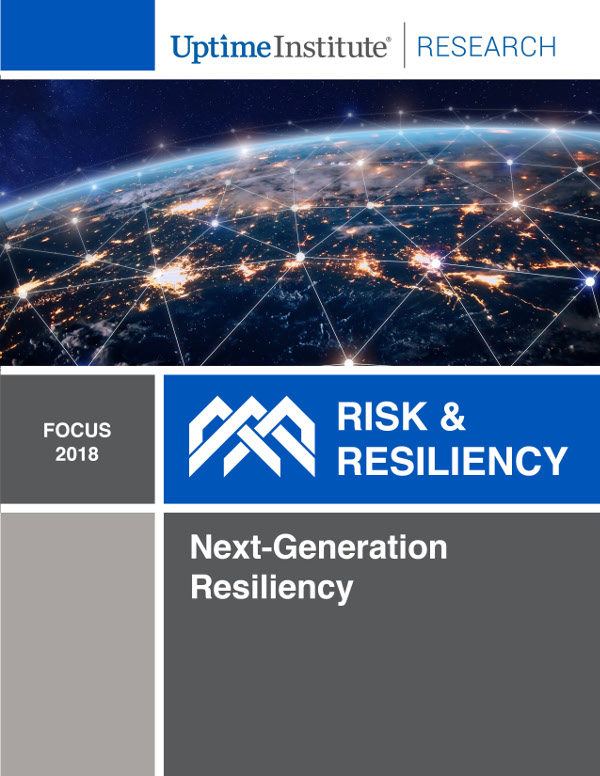
The need for resiliency and the way it is achieved at both the data center and application levels is expected to change significantly as the IT world gradually moves to a more cloud-based, hybrid and distributed architecture. Advances in hybrid and cloud computing, containers and virtualization, DevOps, replication, distributed databases and global traffic management (GTM) are coinciding with huge investments in data center and network capacity, and a move toward greater use of software to intelligently manage workloads, traffic and resiliency. All of these are combining to create an architectural shift: from single-site vertical resiliency to distributed, replicated resiliency.
This research report was produced by Uptime Institute Research and is available, along with many other in-depth reports to Uptime Institute Network members.
In this report, the Uptime Institute Research team discusses key factors in the shift from single-site vertical resiliency to distributed, replicated resiliency including:
- How the shift to distributed resiliency could serve as a catalyst for widespread adoption of automation to manage infrastructure
- The enabling components and technologies driving this shift, including software-defined network management, cloud orchestration software and better facility management tools
- The pros and cons of distributed resiliency strategies, including impact on overall resiliency, complexity of distributed systems, transparency of compute and financial impacts of moving from single to distributed site architectures
